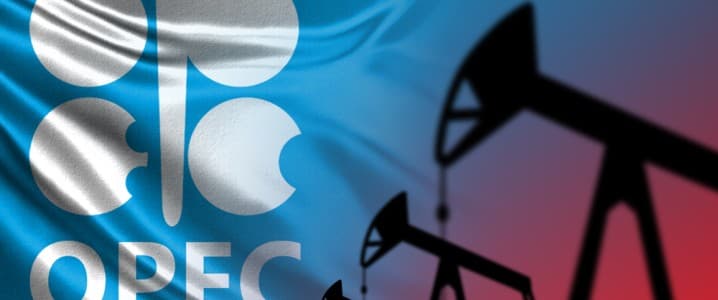OPEC + goes to full speed by reversing production cuts with production that will increase more than expected in May, “given the fundamental principles of the healthy market and positive market prospects”.
OPEC + countries that have reduced their oil production for over a year have decided on Thursday to continue to mitigate discounts by adding 411,000 barrels per day (BPD) to their combined supply from May.
The eight OPEC + countries which have retained production – Saudi Arabia, Russia, Iraq, the United Arab Emirates, Kuwait, Kazakhstan, Algeria and Oman – have decided to bring together three monthly production increases in May production.
“This includes the increase initially scheduled for May in addition to two monthly increments,” said OPEC, once again surprising the market with a larger supply hike than expected in May.
The cartel reiterated that “progressive increases can be interrupted or reversed subject to evolving market conditions”.
“This flexibility will allow the group to continue supporting the stability of the oil market. The eight OPEC + countries have also noted that this measure will offer participating countries the opportunity to accelerate its compensation,” said OPEC.
The energy ministers of the OPEC + group gathered online to discuss compliance with production quotas, because Kazakhstan, Russia and Iraq have not continued to pump or below their quotas.
During the meeting today, the eight OPEC + countries decided to hold monthly meetings to examine market conditions, compliance and remuneration. The next meeting will take place on May 5 to decide on the production levels of June.
The boost of production larger than expected by OPEC + has added to recession fears powered by tariff to further reduce oil prices.
Thursday at 7:41 a.m. Thursday, the crude price of the first month WTI had dived from 5.31% to $ 67.73. The international benchmark, Brent fell 5.15% and exchanged $ 71.03.
The oil has already crashed more than 4% before the announcement of OPEC, after the US President Donald Trump announced on Wednesday scanning prices on all the trade partners of the United States. The trade war and the highest rate of price of American imports since 1910, as estimated by Fitch Ratings, fears of recession for many savings.
By tsvetana paraskova for ilprice.com
More top readings of OilPrice.com


